A Myth and Legend Spectacular
Smock Alley Theatre, Dublin
17-20 August 2016
When Aron and Sorcha Hegarty began their Irish myth and legend Candlelit Tales sessions at the Stag’s Head pub in Dublin nearly two years ago, the dozen or so people who turned up seemed to be mainly storytellers, confirmed story listeners and a few independent researchers in the field, curious to see how the stories might come to life off the page. With each more or less monthly session during the following year, the audience grew to full house, then standing room only, and now you need to join the queue early to be assured of a square foot of floor space. Why are the sessions so popular? The quality of the centuries-old stories is a given, but Aron and Sorcha started good and then got better and better.
The makeup of the audience seems to have changed since the beginning. At first, the interest was focused on those complex and inter-woven myths and legends that are often left out of contemporary Irish storytelling in favour of the simpler, family friendly fare of folk tales. The folk tales are good, but they tend to be localised international migratory stories that are common to many world cultures. It’s the native myths and legends that help to define a particular society. The folk tales show how all humans are the same. The legends show how every society is different. Sorcha and Aron were giving largely forgotten Irish legends back to the Irish people, and they resonated with the listeners.
Then came a change over the past year. Some people were coming to the sessions at least as much for the entertainment as for the content, and this was quite clear at the multi-arts production of The Dream of Eithlinn, fittingly at the 17th-century Smock Alley Theatre, which was founded at a time when there were still people living who had known Shakespeare. The Globe audiences were not students of English literature; they attended the plays for entertainment: for the tragic dramas, the raucous comedies, the politically daring histories, the rejuvenated myths and legends, the absurd clowning and the bawdy jokes and double-entendre puns.
The Dream of Eithlinn, about the mythological hero Lugh of the Long Hand – Lugh the Multi-talented – is a dazzling display of story, song, instrumental music and dance. Candlelit regulars were surprised to discover that Catríona Loughlin (filling in this summer for the absent Sorcha), who has proved to be a captivating storyteller, also has a bewitching singing voice. Maybe in future she’ll add a bit more harp accompaniment.
Aron’s intensity assures the audience’s attention, and his light asides keep the tension from getting too heavy. The dancing, headed by Aisling McCormick, was inventive and integrated smoothly with the narrative and enhanced it.
In my (apparently minority) opinion, instrumental music behind storytelling is nearly always counterproductive: it distracts from the story and too often obscures words. But the music in this show – mandolin, acoustic guitar, electric guitar, fiddle, accordion, drums – was very much a necessary element.
Experienced teachers know that the classroom is a theatre, and the teacher is an actor whose job is first to entertain the students, and then to introduce curriculum subjects while the students still think they’re being entertained, before they realise they’re being educated. Something like this seems to be happening with Candlelit Tales
Bring your own seat cushion. The wooden benches get harder with each minute.

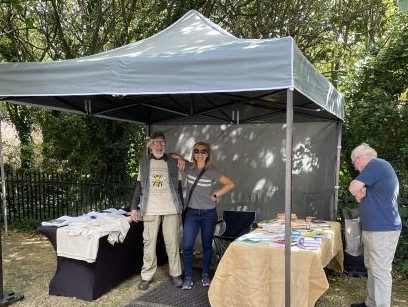

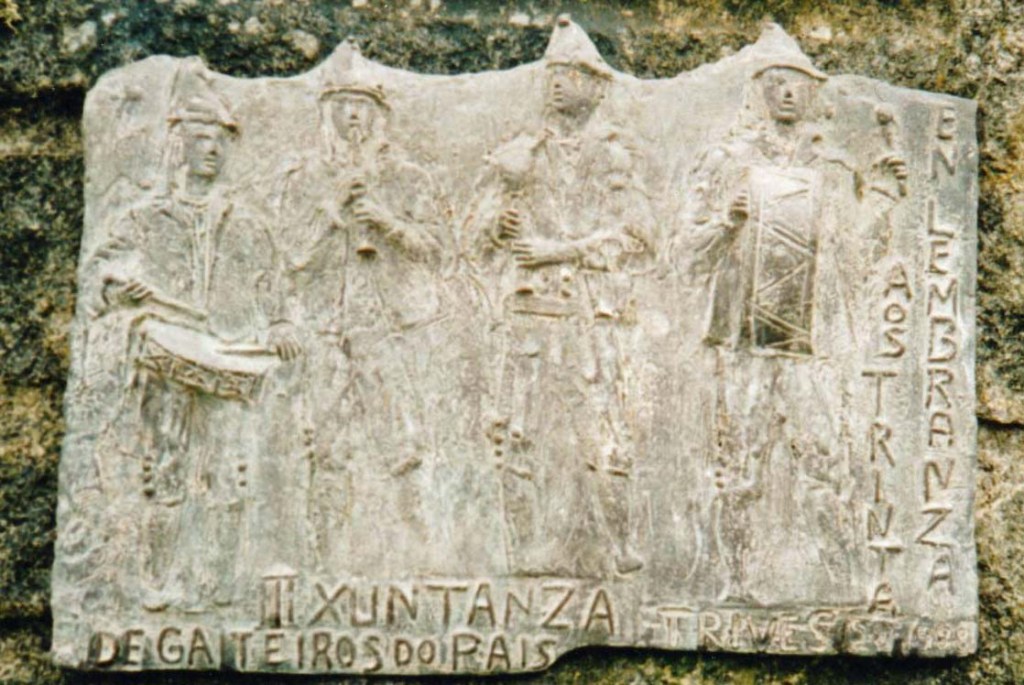
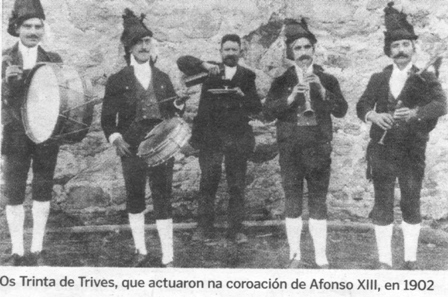
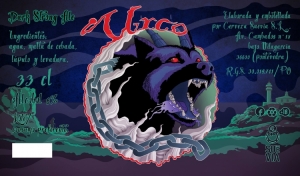
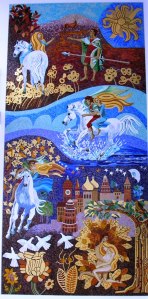
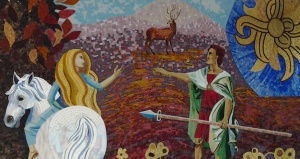
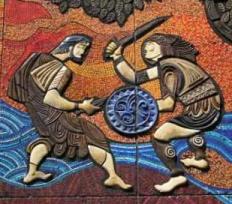 Cúchulainn and Ferdia's Single Combat
Cúchulainn and Ferdia's Single Combat A Spoonful of Silence – video
A Spoonful of Silence – video Hellhounds and Hero Horses
Hellhounds and Hero Horses Irish King and Hero Tales
Irish King and Hero Tales Spanish and Basque Legends
Spanish and Basque Legends Tales of the Wicklow Hills
Tales of the Wicklow Hills A Blirt to the End and Other Stories
A Blirt to the End and Other Stories Au Pair in Ireland
Au Pair in Ireland Earn Fire – Key Bearer Saga, Book One
Earn Fire – Key Bearer Saga, Book One English Like It Is: Right, Wrong and Changing Usage
English Like It Is: Right, Wrong and Changing Usage Once a Hero
Once a Hero Over the Wall to the Trinity Ball and other poems
Over the Wall to the Trinity Ball and other poems The Shore of Two Worlds – Key Bearer Saga, Book Two
The Shore of Two Worlds – Key Bearer Saga, Book Two Utmost Magpie
Utmost Magpie Irische Königs- und Heldensagen
Irische Königs- und Heldensagen Meath Folk Tales
Meath Folk Tales The Legends and Lands of Ireland
The Legends and Lands of Ireland